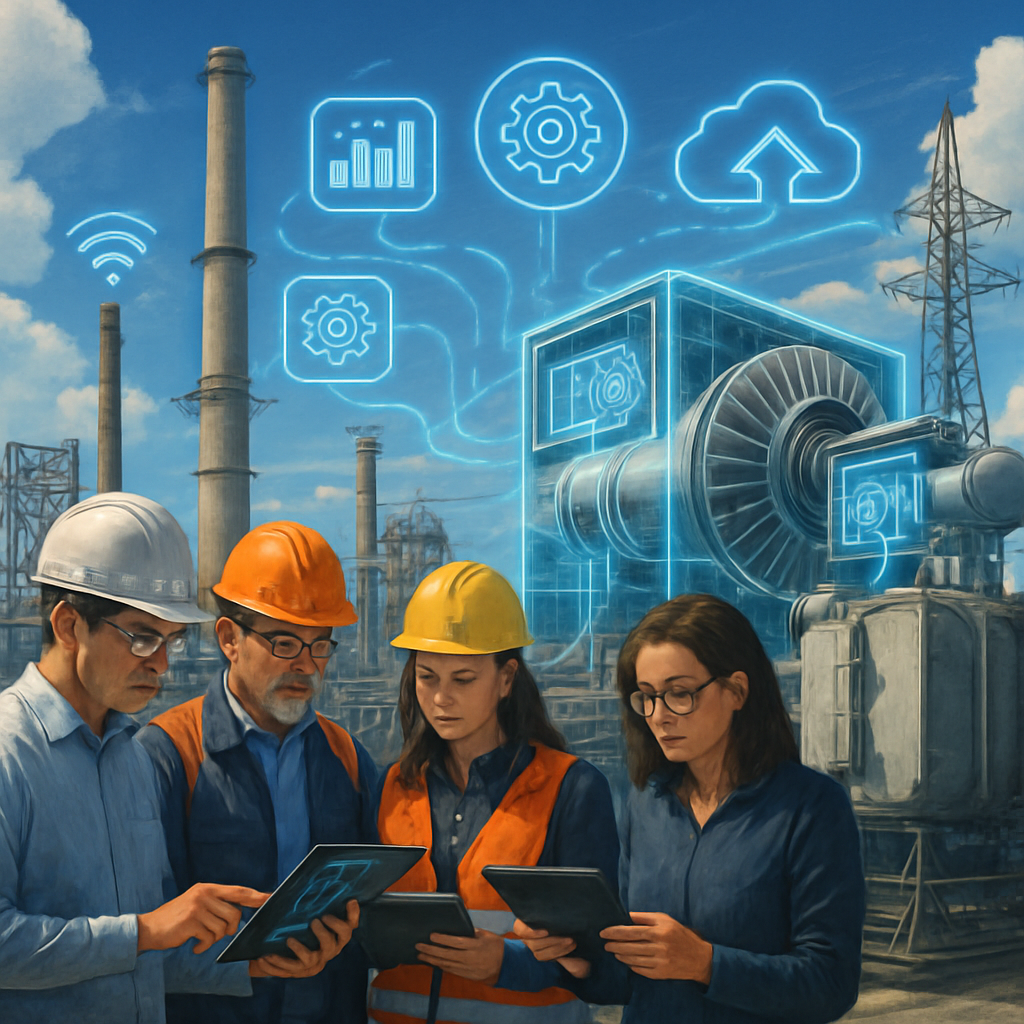According to a new report published by Factview Research, the global hydrocracker market will be valued at approximately USD 68.25 billion in 2024 and is projected to grow at a healthy CAGR of 6.8% during the forecast period 2024-2034.
Hydrocrackers play an essential role in the petroleum refining process, enabling the conversion of heavier hydrocarbons into lighter, more valuable products such as gasoline, diesel and jet fuel. This process uses catalytic cracking and hydrogenation, operates at high pressure and temperature, and requires a special catalyst to achieve optimal conversion efficiency.
As global energy demands evolve and environmental regulations tighten, the hydrocracking market is undergoing significant transformation. The growing demand for cleaner, low-sulfur fuels, especially in the transportation and aviation industries, is driving refiners to adopt advanced hydrocracking technologies. Rapid industrialization and population growth in the Asia-Pacific region are driving regional expansion, while North America continues to lead the way in technological innovation and R&D. Meanwhile, countries like China, India and Russia are investing heavily in refining infrastructure, fueling a boom in hydrocrackers. These developments underscore a broader shift toward high-efficiency fuel production and stricter environmental regulations.
Technological developments
Hydrocracking technology is rapidly evolving to meet the demands for greater efficiency, flexibility and sustainability. A key area of innovation is the design of catalysts, especially zeolite and amorphous catalysts, which provide better selectivity, activity and durability. Refineries are increasingly using two-stage hydrocracking systems, which outperform single-stage units in terms of conversion rates and cost-effectiveness.
Digitalization is also reshaping hydrocracking operations. Artificial intelligence and machine learning are now being used to optimize process parameters, predict catalyst degradation and increase throughput – helping refiners meet stringent fuel standards while maximizing profitability.
Sustainability and environmental impact
Sustainability is becoming a focus of hydrocracker development as refiners come under increasing pressure to reduce emissions and improve resource efficiency. New environmentally friendly catalysts are being designed to minimize sulfur and nitrogen oxide emissions in line with global environmental goals.
Hydrocracking equipment is also used to process heavier and unconventional feedstocks, reducing waste and maximizing crude oil recovery. Despite their advantages, however, hydrocracking equipment still contributes to greenhouse gas emissions, prompting refiners to examine carbon capture technologies and offset initiatives. Integrating hydrocracking equipment into broader sustainability strategies is essential to ensure the long-term viability of refining operations.
Product innovation and customization
Product innovation in hydrocracking lies in catalyst performance and unit customization. Zeolite-based catalysts continue to dominate due to their superior cracking efficiency and stable pore structure, while amorphous catalysts are gaining ground due to their adaptability in co-processing applications.
Refiners are increasingly customizing hydrocrackers to meet specific product goals—whether it’s maximizing diesel performance, producing jet fuel, or increasing gasoline yield. This modular approach allows greater operational flexibility and faster response to market needs. Additionally, the rise of biofeedstock processing is pushing catalyst developers to create formulations capable of handling renewable inputs without performance degradation.
Market dynamics and strategic partnerships
The hydrocracking market is also witnessing an increase in strategic partnerships and licensing agreements for proprietary hydrocracking technologies, facilitating faster global adoption and standardization. Vertical integration is becoming more common, with refiners hiring catalyst manufacturers to streamline supply chains and reduce reliance on outside suppliers. These M&A activities are reshaping the competitive landscape, driving innovation and accelerating the adoption of next-generation hydrocracking solutions.
Future prospects
The hydrocracking market is poised for continued growth, driven by the global shift toward cleaner fuels and more efficient refining technologies. As environmental regulations tighten and demand for low-emission transportation fuels increases, hydrocracking equipment continues to play a central role in refinery modernization strategies.
Emerging economies are expected to lead the way in new facilities, supported by infrastructure investments and policy incentives. However, volatility in crude oil prices remains a major challenge, as fluctuating feedstock costs can impact profitability, delay capital investments, and shift refinery priorities toward more flexible or cost-effective alternatives.
Despite the headwinds, continued advances in catalyst design, digital optimization and carbon reduction technologies are expected to strengthen operational resilience and cement hydrocrackers to play a key role in the evolving energy landscape.
